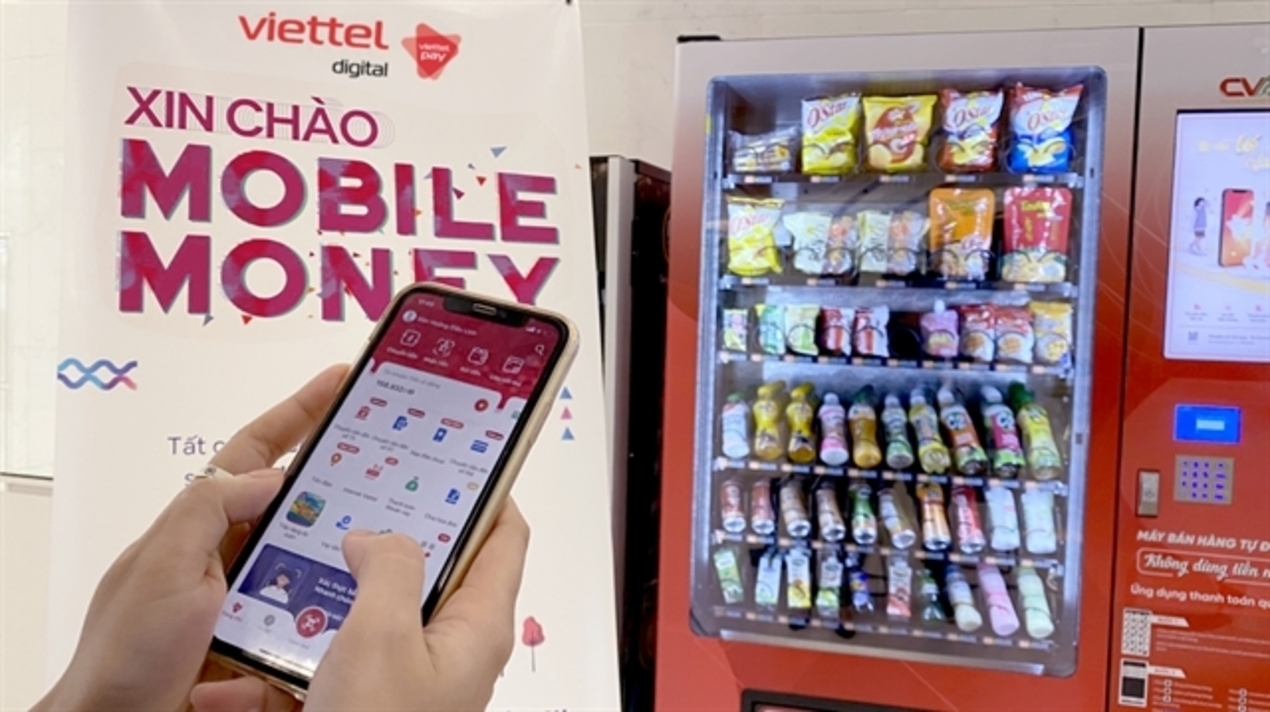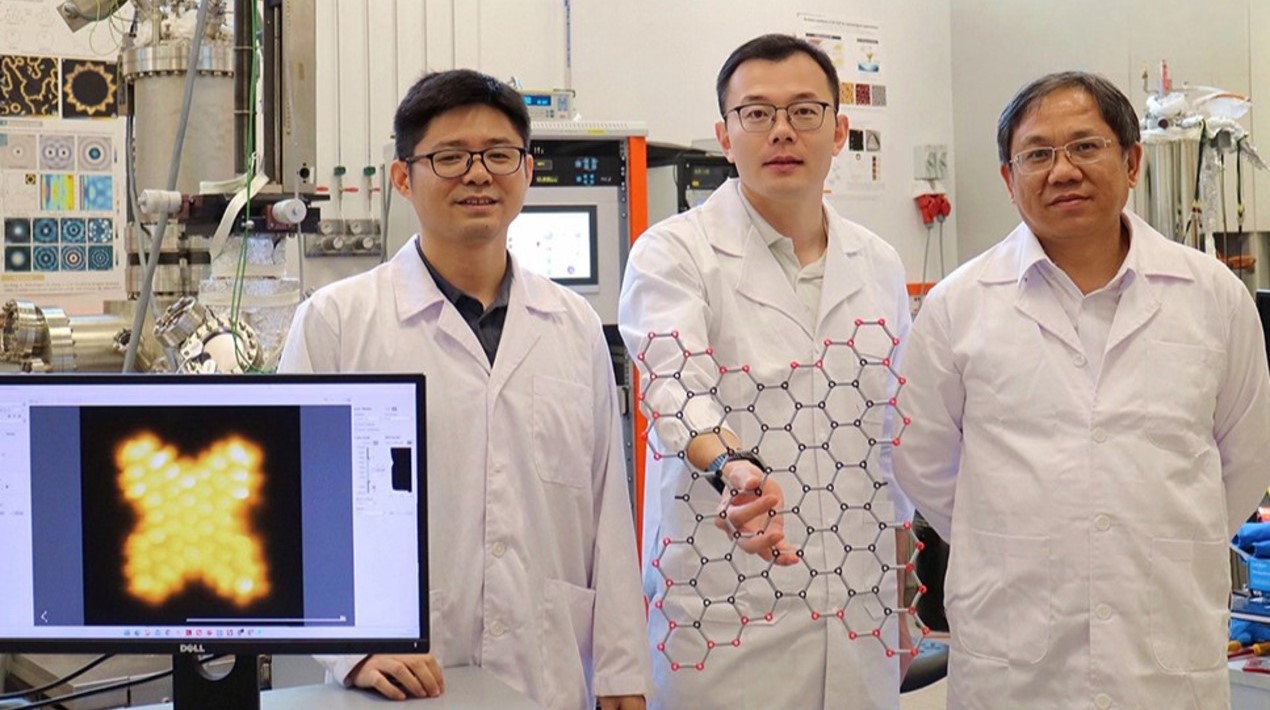
Prime Minister Nguyen Xuan Phuc has approved a pilot application programme for mobile money, which allows the use of mobile phone credit to pay for small-value goods and services. The decision, which took effect earlier this week, will allow some businesses to join the pilot programme for two years.
According to a press release, the pilot application for mobile money services aims to contribute to the development of non-cash payments, improving the access and use of financial services, especially in the rural, remote, and island areas of the country.
It will also take advantage of infrastructure, data, and telecommunication networks to reduce spending to develop non-cash payment channels on mobile phones, bringing benefits to users. Additionally, the results of the pilot implementation of the mobile money service will be a practical basis for authorities to review, develop, and issue official legal regulations for the service in Vietnam.
According to the decision, businesses need to have licenses to provide intermediary e-wallet payment services, licenses to establish a public mobile terrestrial telecommunications network using radio frequencies, or have subsidiaries with permission from the parent company to use telecommunications, network, and data infrastructure.
The firms participating in the pilot programme can provide services to customers who register their mobile accounts with an identity card, citizen identification, or passport. Customers must use mobile services for at least three consecutive months before registering for mobile money.
The mobile money service will be applied nationwide. However, the businesses must prioritise implementing services in rural areas. Mobile money will only be applicable for domestic transactions and will not be available for cross-border services.
Under the decision, customers can top-up or withdraw from their mobile money accounts at physical kiosks, similar to bank accounts and e-wallets. They can also pay for goods and services at stores accepting mobile money. Customers can also transfer money.
The decision further stipulates a maximum transaction limit of VNĐ10 million (US$432.94) per month for each mobile money account for all transactions including withdrawals, transfers, and payments. Businesses involved in the pilot are prohibited for banking activities such as lending, raising capital, or providing or using mobile money accounts for transactions for money laundering, terrorism financing, or fraudulent practices.
Experts said the launch of mobile money would promote the non-cash payment ecosystem while bringing convenience to people, especially those in rural areas. As local people are gradually adapting to online transactions during the COVID-19 pandemic, the deployment of mobile money will be an appropriate action to promote cashless payments.
The government has also announced its plans to make most public services and processes electronic. It aims to go completely digital by 2025. Over the past few years, the building and deployment of the e-government architecture and platforms have achieved significant results. In fact, all ministries, ministerial-level agencies, provinces, and cities had deployed local/national government service platforms (LGSP) by the end of 2020, from just 3.2% of ministries and localities in 2018.
Further, as OpenGov Asia reported, by the end of 2020, all ministries and localities had portals to provide online public services. More than 55% of public services were provided online at level 3 or level 4, allowing citizens to submit documents and pay online. The percentage of public services at level 4 increased from 1.42% in 2016 to 30.86% in 2020.
















